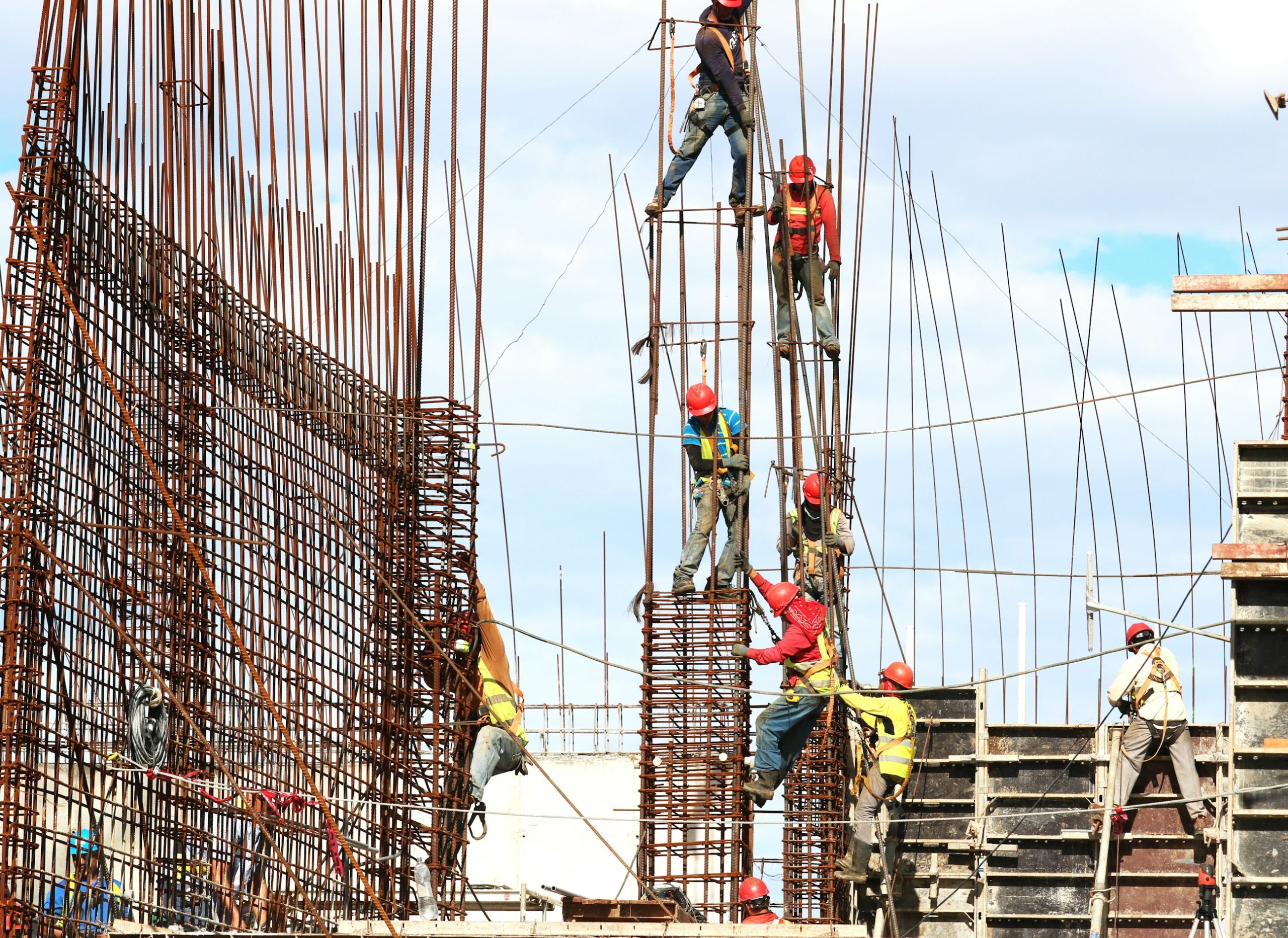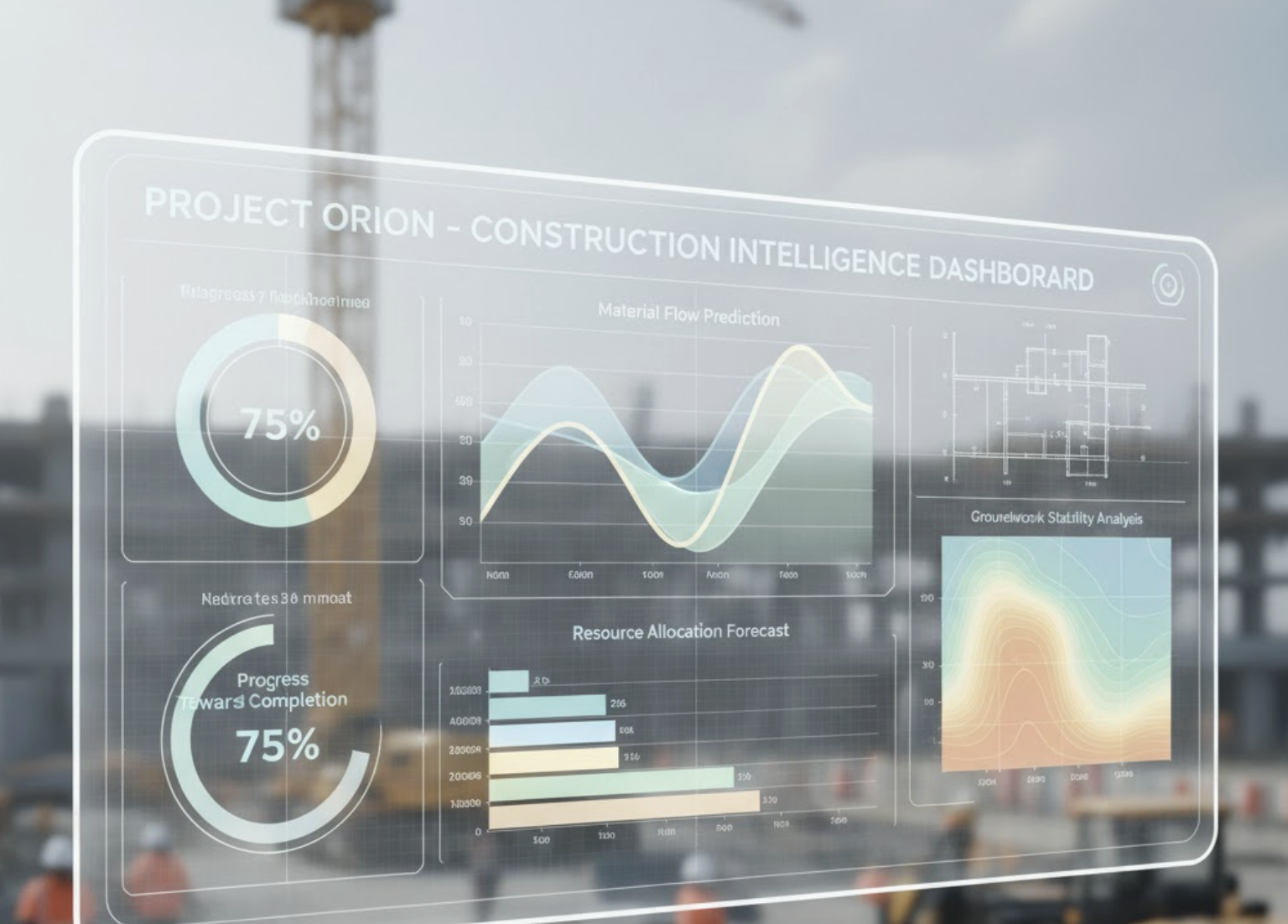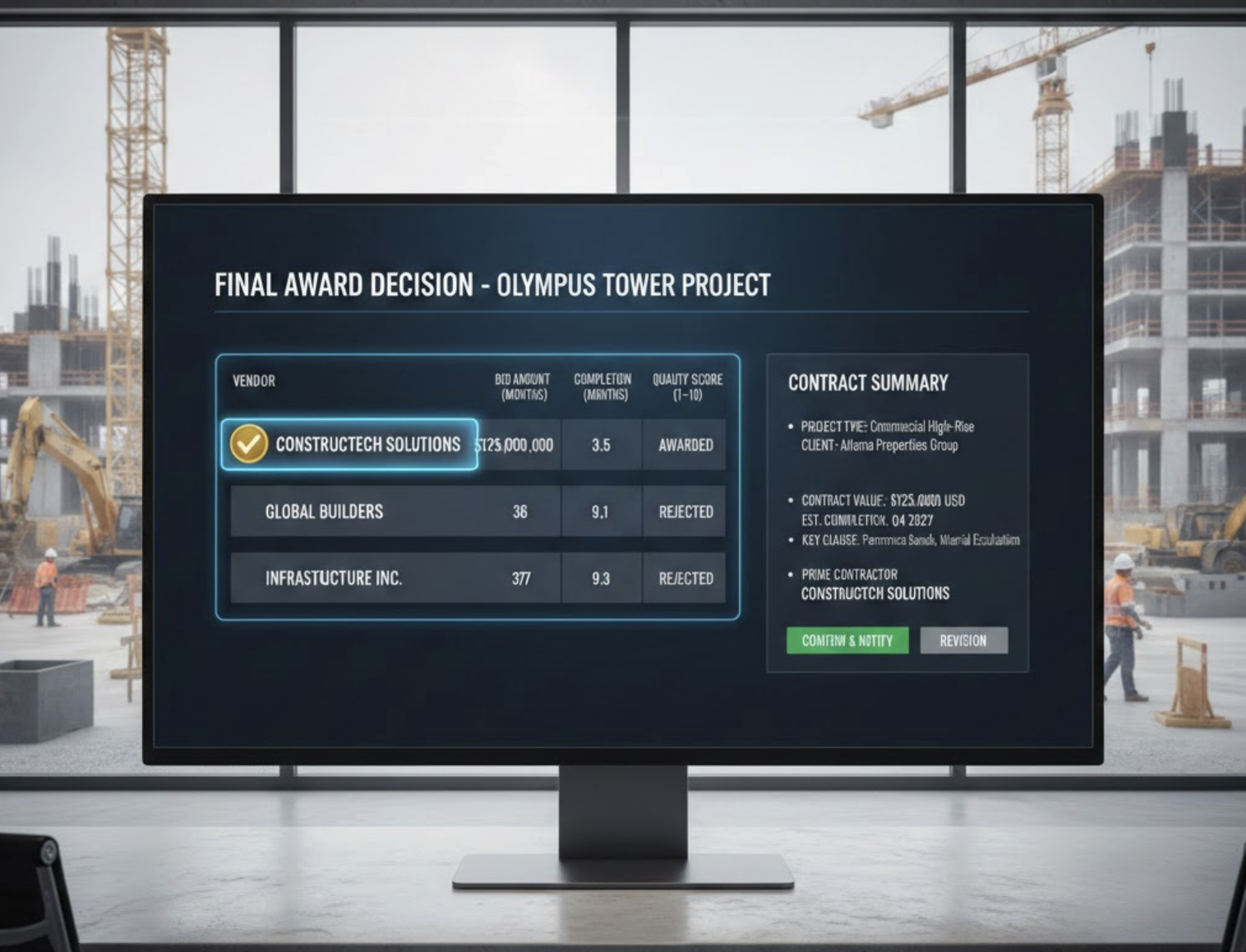Integrating Risk Conversations into Daily Project Updates
Integrating risk conversations into daily project updates is essential for the success and efficiency of any project, particularly in the dynamic field of construction management. This proactive approach ensures that teams and stakeholders are aware of and prepared to address potential risks, enhancing the project’s resilience against unexpected events.
Importance of Risk Management in Project Updates
Risk management is a critical component of effective project management. The identification, analysis, and mitigation of risks can significantly influence the overall project trajectory. By making risk conversations a regular part of daily updates, project managers cultivate a culture of awareness and responsiveness throughout their teams. This continuous engagement allows for timely adjustments, preventing small issues from evolving into larger challenges.
Key Concepts in Risk Management
Risk Identification and Analysis
Risk management begins with thorough risk identification and analysis. This involves brainstorming sessions with project teams, stakeholders, vendors, and subcontractors to compile a comprehensive list of potential risks. Utilizing tools like the Risk Breakdown Structure (RBS) and Work Breakdown Structure (WBS) can help categorize and organize identified risks effectively. Engaging team members across all levels in the risk identification process is crucial for recognizing challenges that would otherwise remain unaddressed.
Risk Assessment and Prioritization
Once risks are identified, conducting qualitative and quantitative risk analyses is critical. These assessments involve utilizing tools like risk assessment matrices and decision trees to prioritize risks based on their potential impact and probability. Assigning risk scores allows teams to focus on high-impact areas that require immediate attention, ensuring that no significant threat goes unattended.
Risk Tolerance and Acceptance
Understanding the organization’s risk tolerance is vital in framing risk conversations. It involves determining which risks are acceptable versus those needing mitigation. Gathering insights from stakeholders and analyzing historical project data contributes to this evaluation. Industries with stringent regulatory requirements, such as finance and healthcare, typically exhibit lower risk tolerance, underscoring the need for tailored risk management strategies.
Best Practices for Effective Risk Discussions
Involving the Team
Engaging all project stakeholders in the risk identification process promotes a broad perspective and comprehensive understanding of potential risks. This collective input is essential for assessing both current and emerging risks accurately. Inviting input from diverse team members fosters a sense of ownership and accountability regarding risk management.
Regular Risk Meetings
Scheduling consistent meetings to discuss ongoing risks, update the risk register, and review plans for risk response helps prioritize risk management in team discussions. Such meetings reinforce the importance of risk management while encouraging proactive problem-solving approaches.
Documentation and Communication
Maintaining a transparent and well-documented risk register is essential. Clear communication of identified risks and proposed mitigation strategies enhances alignment among all stakeholders. This documentation serves as a foundation for ongoing assessments and keeps teams connected to their risk management strategies.
Use Cases and Statistics
Integrating risk conversations into daily updates can lead to reduced project delays and costs. By addressing potential risks proactively, teams can mitigate issues before they escalate, resulting in more efficient project execution. Additionally, regular risk discussions promote enhanced collaboration throughout the team, empowering members to contribute their insights for better risk identification and management.
Emerging Innovations and Tools
The construction industry continues to evolve with the introduction of innovative project management tools. Construction project management software like Zepth not only facilitates communication and collaboration but also streamlines risk management practices. Zepth’s software allows for the integration of risk conversations into daily project updates, ensuring that risk management is a continuous process.
Moreover, utilizing risk management dashboards and other visual tools helps track and respond to risks in real-time, simplifying the monitoring and reporting process.
How Zepth Can Help
Integrated Risk Management: Zepth’s software enables the integration of risk conversations into daily project updates, promoting continuous and proactive risk management. This comprehensive approach aids in maintaining an up-to-date risk register and facilitating clear communication among stakeholders. Each project update will reflect current risks and relevant strategies.
Structured Frameworks: Zepth provides structured frameworks and tools like RBS and WBS to categorize and organize identified risks, enhancing the efficiency and effectiveness of risk management strategies.
Real-Time Monitoring: With Zepth, teams can monitor risks in real-time, update the risk register, and review plans for risk response. This ensures that risk management remains a priority throughout the project lifecycle.
By integrating these best practices and leveraging tools like Zepth’s construction progress report and risk management solutions, project managers can instill risk management as a fundamental aspect of daily project updates, paving the way for more resilient and successful projects.




